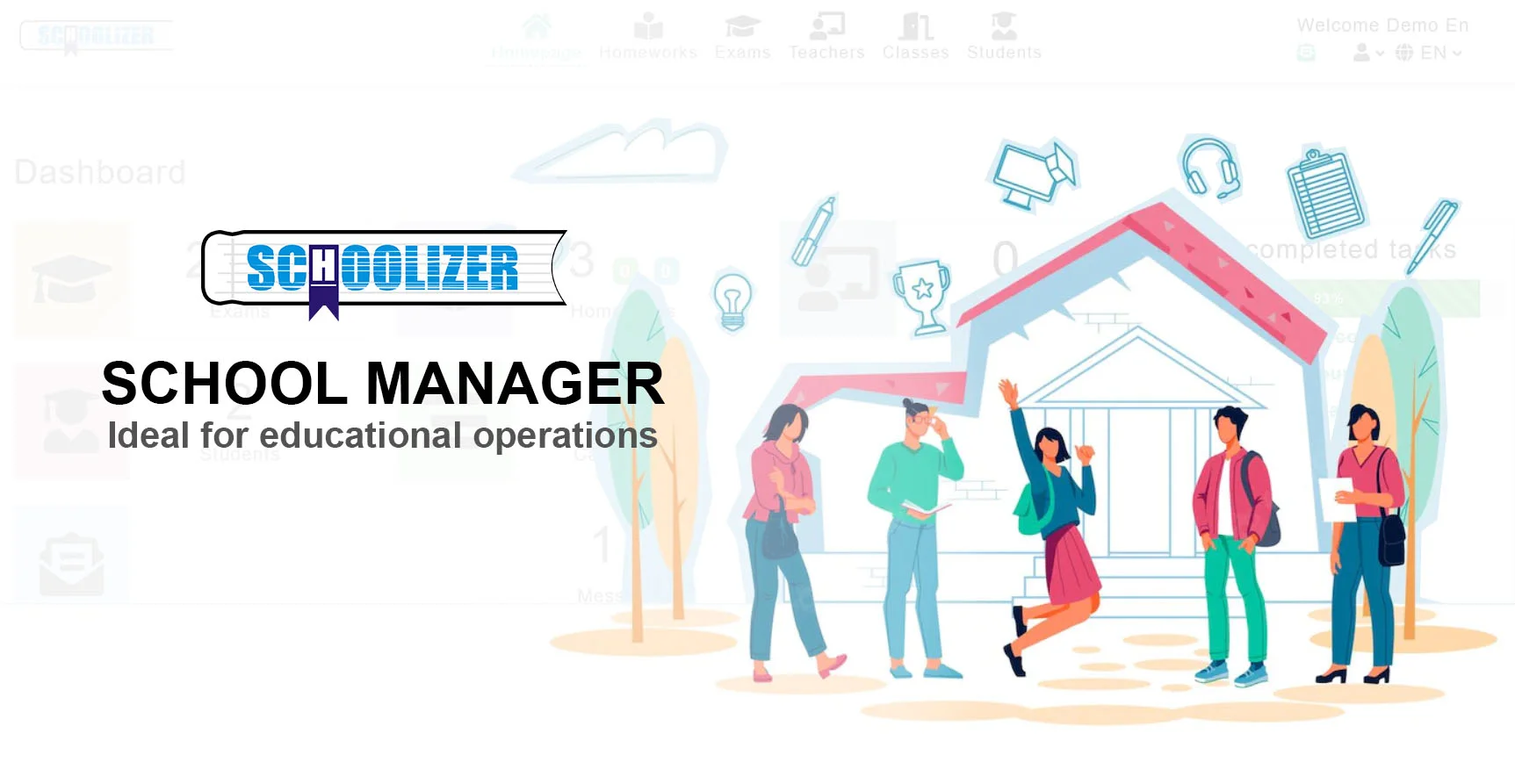What is Deep Learning? The Top Teaching Strategies for Teachers

In the realm of education, where the pursuit of knowledge is paramount, a teaching strategy has emerged that transcends traditional methods and unlocks the true potential of learning.
This strategy, known as deep learning, is not merely about acquiring information, but rather about fostering a profound understanding that extends beyond the surface. Deep learning empowers students to delve into the depths of their subjects, encouraging critical thinking, inquiry, and self-discovery.
In this blog post, we embark on a journey to explore the principles, benefits, and applications of deep learning as a transformative teaching strategy, paving the way for enriched learning experiences and empowered learners.
What is Deep Learnign?
Deep learning, as a teaching strategy, is an approach that emphasizes fostering a comprehensive understanding of subject matter through critical inquiry, exploration, and engagement.
It involves guiding students to move beyond surface-level learning and rote memorization to develop a deeper comprehension of concepts, connections, and applications.
Deep learning encourages students to ask questions, analyze information critically, and apply their knowledge in novel contexts, ultimately empowering them to become active, self-directed learners capable of meaningful learning and problem-solving.

Read more: 10 of the Most Important Musicians in History
What are the Strategies for Deep Learning?
In the context of education, deep learning refers to a teaching strategy that emphasizes meaningful engagement, critical thinking, and holistic understanding of concepts. Here are some strategies commonly associated with deep learning as a teaching approach:
- Inquiry-Based Learning: Encourage students to ask questions, investigate topics, and seek solutions through inquiry-based activities. Provide opportunities for exploration, experimentation, and discovery to foster curiosity and independent learning.
- Problem-Based Learning (PBL): Present students with authentic, real-world problems or scenarios that require critical thinking and problem-solving skills to resolve. Guide students through the process of identifying relevant information, analyzing data, and developing solutions collaboratively.
- Project-Based Learning (PBL): Engage students in long-term, interdisciplinary projects that require them to apply knowledge and skills from multiple subjects to address complex challenges or create meaningful products.
- Collaborative Learning: Foster collaboration among students by incorporating group work, peer teaching, and cooperative learning activities into the curriculum.
- Metacognitive Strategies: Teach students metacognitive skills, such as goal-setting, self-assessment, and reflection, to help them become aware of their learning processes and strategies.
- Differentiated Instruction: Recognize and accommodate the diverse learning needs and preferences of students by providing multiple pathways for learning and assessment.
Learn more: The 10 Most Famous Artists in the World - A Trip Through the History of Art
The Advantages of Deep Learning
Deep learning, as a teaching strategy, offers numerous benefits for both students and educators. Here are some of the key advantages:
- Enhanced Understanding: Deep learning encourages students to engage deeply with the subject matter, leading to a comprehensive understanding of concepts and principles.
- Critical Thinking Skills: Deep learning fosters critical thinking skills by challenging students to analyze information, evaluate evidence, and make reasoned judgments.
- Long-Term Retention: Deep learning promotes meaningful learning experiences that are more likely to be retained over the long term. By actively engaging with the material and making connections to prior knowledge, students develop lasting memories and deeper comprehension of the content.
- Increased Motivation: Deep learning strategies, such as inquiry-based learning and project-based learning, can enhance student motivation and engagement.
- Transferable Skills: Deep learning helps students develop transferable skills that are applicable across disciplines and contexts. Skills such as critical thinking, problem-solving, collaboration, and communication are essential for success in academic, professional, and personal endeavors.
- Lifelong Learning Habits: By engaging in deep learning experiences, students develop habits of inquiry, reflection, and continuous learning that extend beyond the classroom.
- Equity and Inclusivity: Deep learning approaches can help address equity and inclusivity in education by providing multiple entry points for diverse learners.

Read more: A Journey Into Mathematics- 8 Important Inventors in the Field of Math
How to implement deep learning in your class?
Implementing deep learning in your classroom requires careful planning, thoughtful design, and a commitment to student-centered teaching practices. Here are some steps to help you integrate deep learning into your teaching:
- Set Clear Learning Goals: Begin by identifying clear learning objectives that align with your curriculum and standards. Determine what knowledge, skills, and competencies you want your students to develop through deep learning experiences.
- Choose Appropriate Content: Select content that is rich, complex, and meaningful, providing students with opportunities for deep exploration and critical inquiry. Consider incorporating interdisciplinary topics, real-world problems, or current issues that are relevant and engaging for your students.
- Design Authentic Learning Experiences: Develop authentic learning experiences that challenge students to apply their knowledge in real-world contexts. Incorporate inquiry-based activities, problem-based scenarios, and project-based tasks that require critical thinking, collaboration, and creativity.
- Provide Opportunities for Inquiry: Encourage curiosity and exploration by providing opportunities for student-led inquiry. Allow students to ask questions, conduct research, and pursue topics of interest that align with the curriculum objectives.
- Foster Collaboration and Communication: Create a collaborative learning environment where students can work together, share ideas, and communicate effectively. Incorporate group projects, discussions, and peer feedback activities to promote collaboration and deepen understanding.
- Support Metacognitive Skills: Teach students metacognitive skills, such as goal-setting, self-assessment, and reflection, to help them monitor their learning and make adjustments as needed. Encourage students to reflect on their thinking processes, identify areas for improvement, and set goals for future learning.
- Provide Scaffolding and Support: Offer scaffolding and support to help students navigate complex tasks and challenges. Provide guidance, modeling, and resources as needed to support students' learning and help them build on their existing knowledge and skills.
- Assess Understanding Authentically: Use authentic assessment methods to evaluate students' understanding and mastery of the content. Incorporate performance tasks, projects, portfolios, and presentations that allow students to demonstrate their knowledge and skills in meaningful ways.
Read more: How to Become the Best Science Teacher? Top Tips for All Science Teachers in 2024
In Conclusion
As we conclude our exploration of deep learning as a teaching strategy, it becomes evident that its impact transcends the confines of the classroom. By nurturing a culture of inquiry, critical thinking, and self-directed learning, deep learning equips students with the skills and mindset needed to thrive in an ever-changing world.
As educators, it is our responsibility to embrace the transformative potential of deep learning, fostering environments that encourage curiosity, collaboration, and continuous growth.
Together, let us at Schoolizer harness the power of deep learning to cultivate a new generation of learners who are not only equipped with knowledge but empowered with the ability to navigate complexity, solve problems, and shape the future.






